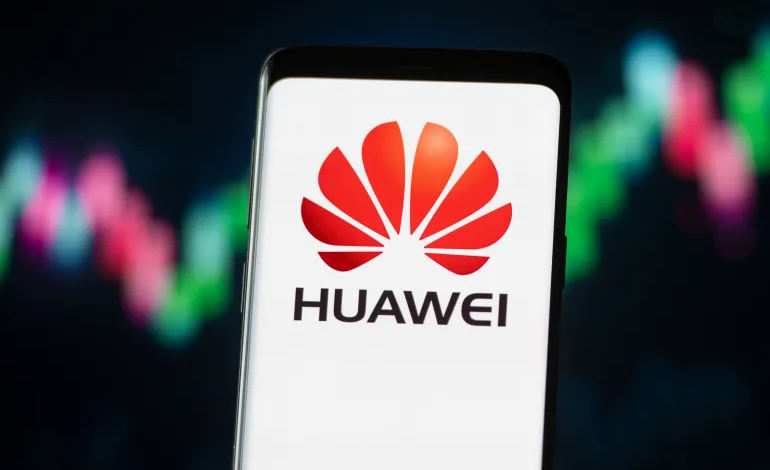Huawei Launches a New Operating System: A New Era Begins with HarmonyOS Next


Huawei Announces Full Transition to HarmonyOS: Introducing “Harmony OS Next”
Huawei has recently announced its plan to completely abandon the Android operating system in favor of its proprietary HarmonyOS, which has been under development for years as part of the company’s strategy to counter U.S. sanctions. The Mate 70 smartphone will be the first device to feature this system.
Announcement Details
In its statement, Huawei confirmed that users will have the option to choose between the older version of HarmonyOS or the newly launched “Harmony OS Next.” This decision aims to highlight the distinctions between the two versions and showcase the technological advancements of the new system.
The New HarmonyOS
The new system marks a significant shift, with Huawei naming it “Harmony OS Next” to differentiate it from the previous version, “Harmony OS Legacy.” This evolution is not limited to a name change; it reflects a complete overhaul of the system’s core design, including a restructured kernel and updated application operations. With this development, Huawei aims to offer a completely new user experience, focusing on applications specifically designed for the new system.
From Android to HarmonyOS
Huawei’s journey with HarmonyOS began with partial reliance on the open-source Android kernel. Despite the challenges posed by U.S. sanctions, the company successfully adapted Android to provide a near-complete experience with its proprietary services. Now, Huawei has announced a full transition to a dedicated kernel for the new system, signaling a definitive break from Android and ending compatibility with Android applications on Harmony OS Next.
Features and Challenges of the New System
Harmony OS Next represents a step toward creating an integrated ecosystem encompassing smartphones, home devices, and smart cars. The system’s microkernel architecture enables it to operate on a wide range of devices, from smartphones to those with limited computing power. Despite these advantages, the new system faces challenges in convincing developers to create dedicated applications and expanding its user base beyond the Chinese market.
Opportunities for Success
Huawei plans to roll out the new system in China first, with support for up to 100,000 applications by 2025. However, the main challenge lies in achieving global success beyond its domestic market, especially given the fierce competition from Android and iOS.
Will Harmony OS Next revolutionize the operating system market? The answer depends on Huawei’s ability to build a comprehensive ecosystem that meets user expectations and competes with the current market leaders.








